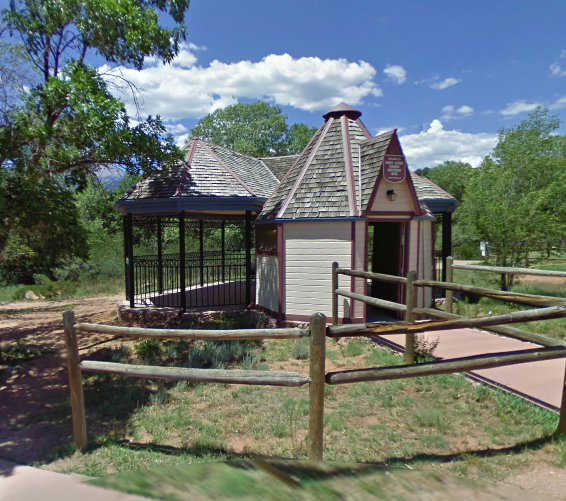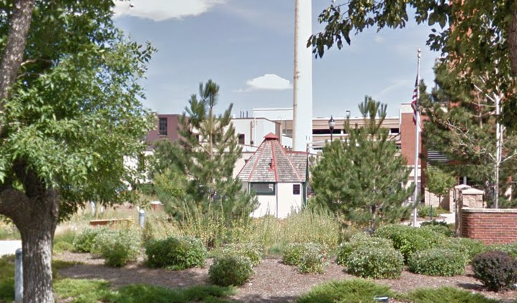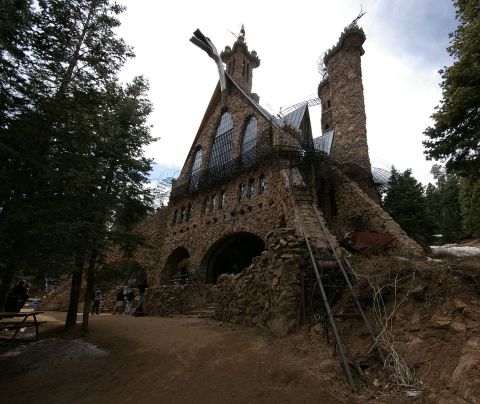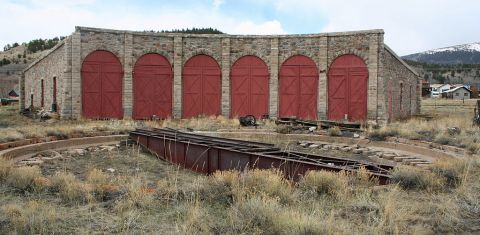The Story Behind These Colorado Buildings Will Break Your Heart
During the United States’ debut years, tuberculosis (or “consumption”) was a debilitating disease that caused its victims to violently hack, cough up blood, and feel fatigued, resulting in the deaths of a whopping 1 in 7 Americans. Throughout history (and even today), this disease has plagued Americans, and even has a hand in a significant part of Colorado history.
Once the Colorado mining boom began to subside, tuberculosis accounted for a huge spike in the state population (with an estimated 1/3 of Coloradans either patients, family members, or TB doctors/nurses), as the disease was thought to be cured with the sunshine and dry air that Colorado is famous for. To combat the population boom, the Colorado Springs-area added thousands of small tuberculosis huts, which came adorned with windows, lights, and furniture.
To get a better look at these small, yet somewhat comfortable homes, check out this stunning promotional video from 1933:
Once antibiotics came on the scene in the late 1940s, these villages were no longer needed, leaving them abandoned and seemingly useless. However, because of their size and functionality, people began buying these former TB homes, which can still be seen around today around Colorado Springs as sheds, workspaces, and mere reminders of their historic past:



For even more haunting Colorado history, click on The Deadly History Of This Colorado Site Is Terrifying But True.
OnlyInYourState may earn compensation through affiliate links in this article. As an Amazon Associate, we earn from qualifying purchases.




